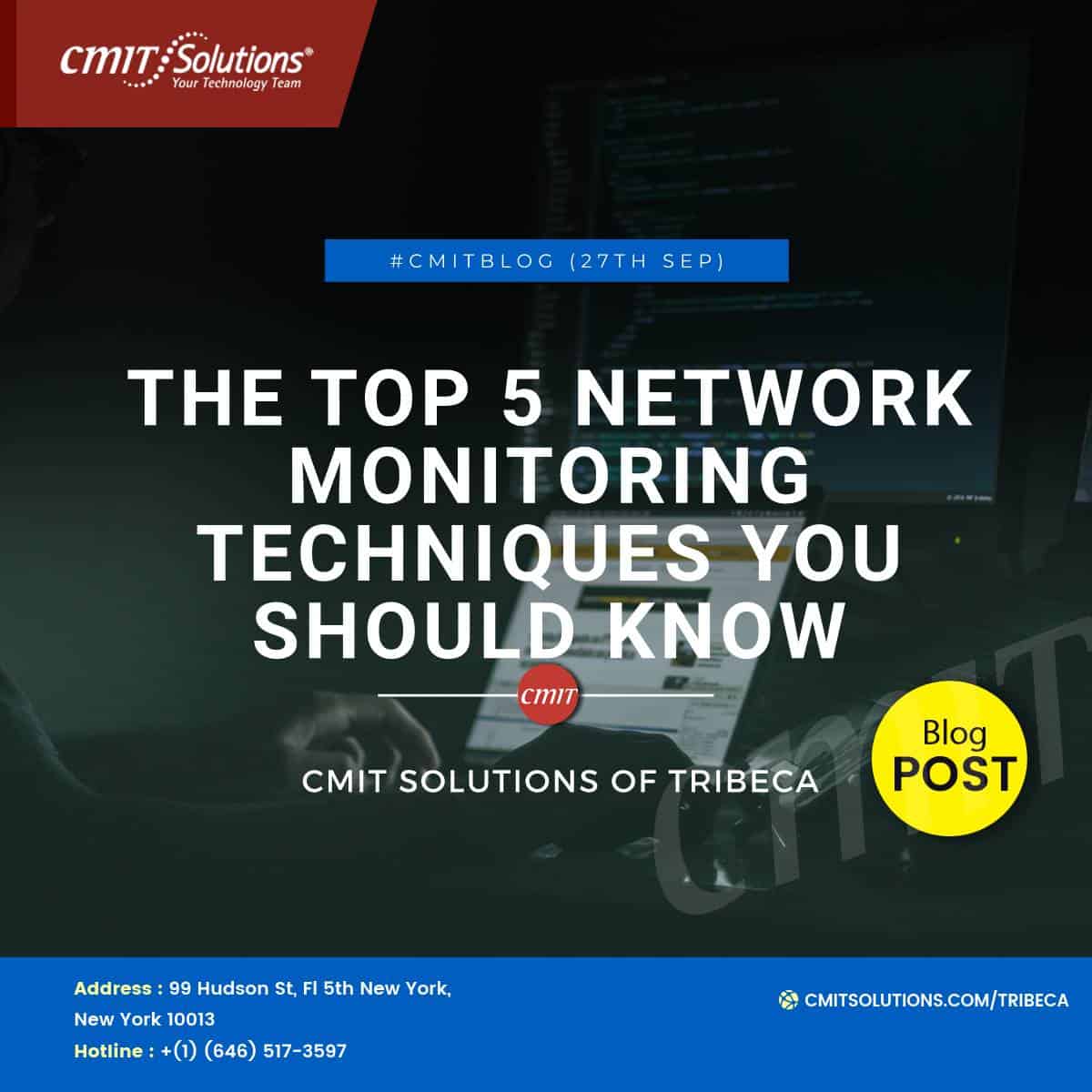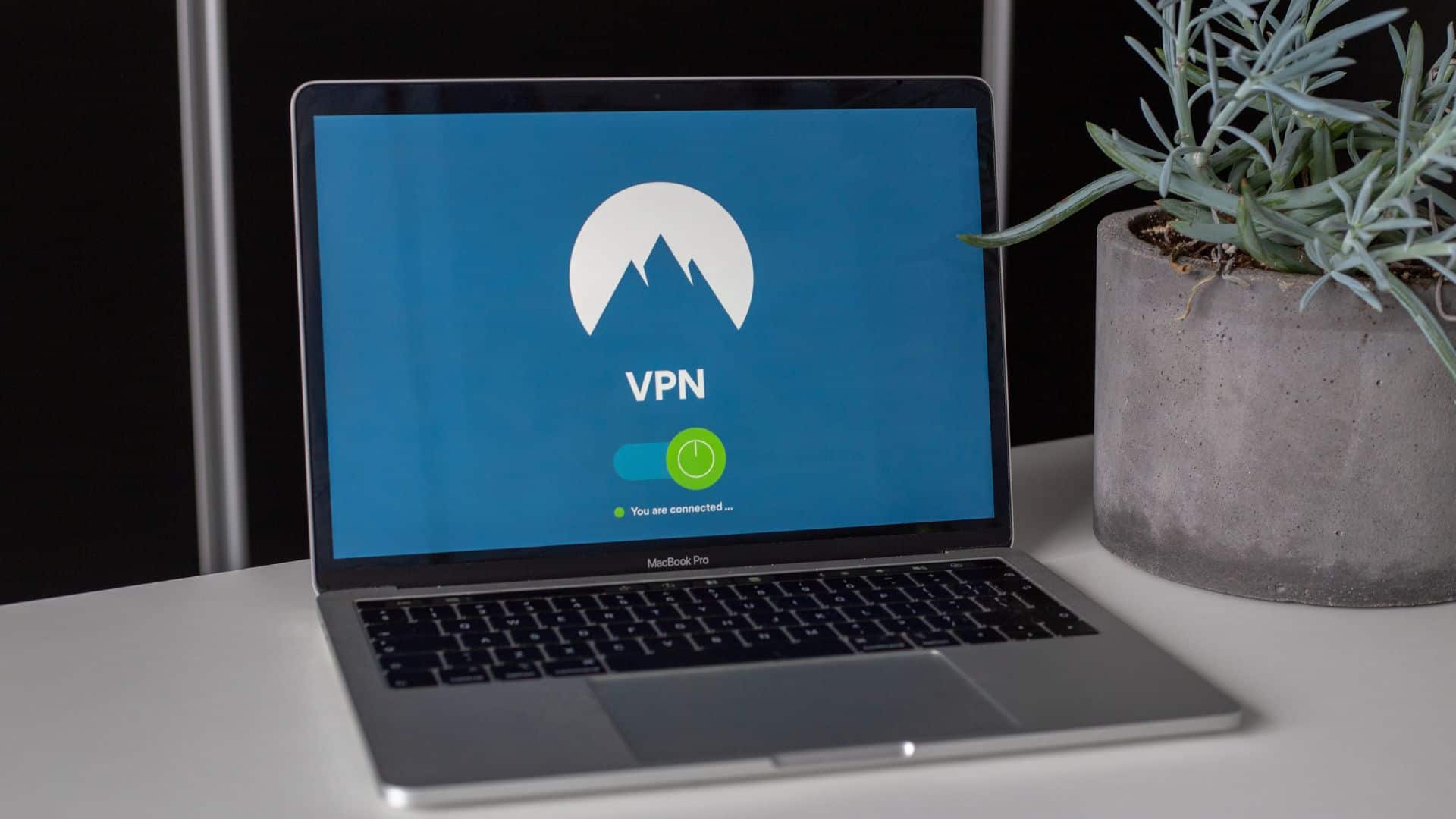Most enterprises would halt abruptly in the absence of a working network. We examine five characteristics and best practices of businesses that have implemented effective network monitoring techniques.
1. Monitor Various Data Types
SNMP, flow, packet, API, and NBAR2 data all contribute to a comprehensive picture of network visibility, therefore the more the merrier. Each data type has an own set of monitoring capabilities:
- Using SNMP, you can keep tabs on information about the CPUs, bandwidth, and interfaces of network devices including switches, ports, and routers.
- IP traffic is gathered and summarized in flow data to illustrate changes in network health over time and identify areas of network saturation.
- From the saturation point to the precise application or appliance causing the problem is shown by packet data. Packets identify the underlying issue.
- Without the use of taps, NBAR2 provides visibility into HTTP (port 80) and HTTPS (port 443)
- API data keeps track of all API requests’ transactions to check for performance delay, sluggish response times, or availability concerns.
2. Have a Data Retention Policy
When problems do arise, effective network monitoring Techniques have a plan of action, leaving an audit trail that can be used to determine what went wrong. A data retention strategy often takes into account the following:
- How long to keep certain sorts of data?
- What format should the data be stored in?
- Where should it be stored?
Data that can be used for lookback forensics can help with security concerns, compliance needs, and trend detection over time. Examining old data logs can help shape current network monitoring and data gathering rules and practices.
3. Maintain a device inventory together with a network map.
There cannot be visibility gaps in a network that require management and monitoring. Every switch, router, port, and endpoint needs to be located and physically checked for performance and health issues. While creating these lists manually might be laborious, many network monitoring software platforms have device auto-discovery technologies that do it for you. Ask about a DMS or device management service when looking at network monitoring solutions so that you can quickly monitor or reset equipment from a distance.
4. Create a Comprehensive Escalation Plan
Escalation plans frequently include threat scoring or alert prioritization scoring to ensure that warnings falling within a range of different thresholds are routed to the appropriate specified contacts. This enables urgent attention to be given to urgent problems like unanticipated traffic surges. Longer response time inquiry queues can filter in more benign issues. A predetermined response strategy reduces reaction time, establishes accountability with the group or pod the alert is particularly assigned to, and prevents the company from having to sift through a single pool of overwhelming notifications.
5. Whenever possible, automate
Effective network monitoring Techniques emphasize effectiveness and quick responses, which necessitates automation when appropriate. Important chores like performing daily backups, updating security and software, restarting broken devices, or generating weekly reports can free up engineer resources for network flow path optimization and future project planning.







